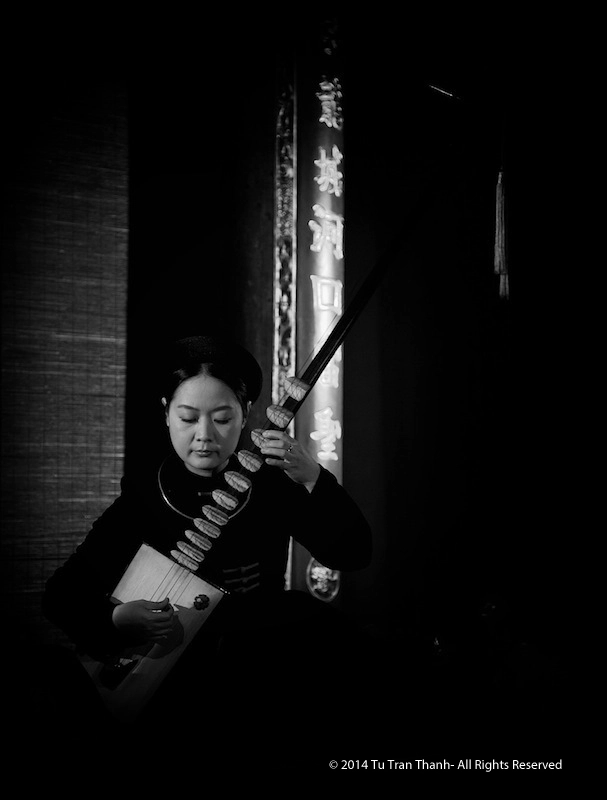Ca Trù is a distinctive traditional music genre of Vietnam, originating from the Northern region, particularly in Hanoi and surrounding provinces. Here are some detailed information about Ca Trù:
1.History
Origin: Ca Trù dates back to the 11th century and is considered a form of performing arts that combines singing and musical instruments. It has developed over centuries and was once favored by the royal court.
Name: The term “Ca Trù” derives from “trù” (or “trù phú”), meaning rich and diverse, reflecting the wealth in content and performance style.
2.Characteristics
Music: Ca Trù is often performed during parties or festivals, with lyrics that are lyrical and poignant. The themes mainly revolve around love, nature, and human life.
Instruments: The main instruments in Ca Trù include the đàn đáy (a three-stringed lute), the trống chầu (ceremonial drum), and sometimes the đàn nhị (two-stringed fiddle). The đàn đáy is the most characteristic instrument and is regarded as the soul of Ca Trù.
3.Performance style:
This genre typically involves a female singer (known as “ca nữ”) and a group of musicians. The female singer not only sings but also expresses emotions through gestures and facial expressions.
4.Preservation and Development
Cultural heritage: In 2009, Ca Trù was recognized by UNESCO as an Intangible Cultural Heritage of Humanity, which helped raise awareness for its preservation and development.
Preservation efforts: Today, many organizations and individuals are striving to preserve and promote Ca Trù through performances, classes, and outreach programs to introduce it to the public and younger generations.

